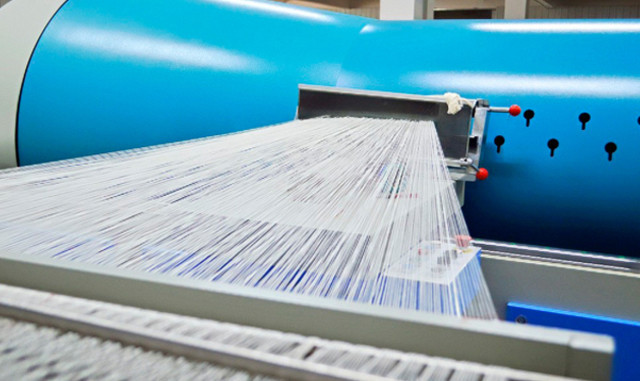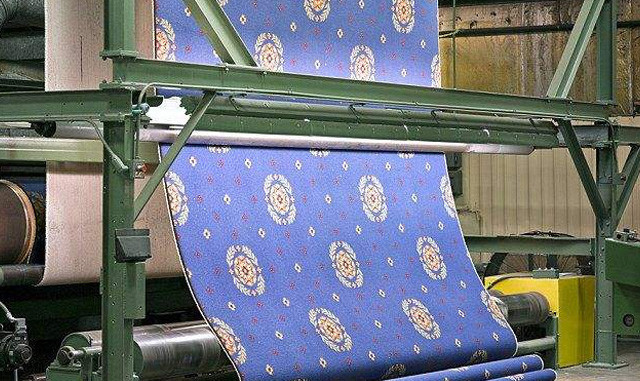What is the tensile strength and elongation of the blanket? Professional blanket manufacturers tell you!
In the printing industry, blanket is a crucial element, and its performance directly affects the printing quality and efficiency. The tensile strength and elongation of the blanket, as two key performance indicators, have attracted much attention.
First of all, we come to understand the tensile strength of the blanket. Tensile strength refers to the ability of the blanket to resist breaking when subjected to a tensile force. This indicator plays a decisive role in the stability and durability of the blanket in the printing process. If the tensile strength of the blanket is insufficient, it may be broken or damaged due to greater tension during the printing process, resulting in printing interruption, affecting production progress, and increasing costs.

So, in general, the tensile strength of the blanket should reach how much? There is no fixed standard value, because it will be affected by many factors. The material, manufacturing process and thickness of the blanket will have an impact on the tensile strength. Generally, high-quality blankets will use high-quality rubber materials and undergo careful vulcanization to improve their tensile strength. For some high-demand printing operations, the tensile strength of the blanket may need to reach tens of megapascals or even higher.
Let's talk about elongation. Elongation reflects the extent to which the blanket can be extended when subjected to tension. Proper elongation can make the blanket deform moderately under the action of printing pressure, so as to better contact with the printing plate and paper, and ensure the printing quality. However, if the elongation is too large, the size of the blanket will be unstable during the printing process, which will affect the overprint accuracy; if the elongation is too small, it may not be able to adapt to the change of printing pressure, and it is easy to have uneven local pressure.
Different types and uses of the blanket, the elongation requirements are also different. For example, a blanket for small-format, high-precision printing usually requires a small elongation to ensure dimensional stability, while a blanket for large-format printing or some special printing processes may need to have a higher elongation to adapt to large tension changes.
In order to accurately measure the tensile strength and elongation of the blanket, manufacturers usually use professional material testing equipment to test in accordance with relevant standards and specifications. These test results can provide an important reference for users when choosing a blanket.
Take a well-known blanket manufacturer as an example. When they develop new products, they will repeatedly test and optimize the tensile strength and elongation of the blanket. By adjusting the rubber formula and improving the manufacturing process, the products can meet the needs of different customers. For example, the blanket provided for a large commercial printing factory has high tensile strength and moderate elongation, and can maintain good performance in high-speed, large-format printing and stable operation for a long time.
In summary, the tensile strength and elongation of the blanket are important indicators to measure its quality and performance. When choosing a blanket, users should comprehensively consider these two indicators and other related properties according to specific printing needs, fully communicate with manufacturers, and choose the most suitable product. For blanket manufacturers, continuously improving the tensile strength and elongation of products is the key to enhance market competitiveness and meet customer needs.








 Tel:+86-519-86709609
Tel:+86-519-86709609 Fax:+86-519-86708989
Fax:+86-519-86708989 Mail:shenghui@shenghuitextile.cn
Mail:shenghui@shenghuitextile.cn Address: Donghua Village Industrial Park, Hutang Town, Changzhou City
Address: Donghua Village Industrial Park, Hutang Town, Changzhou City